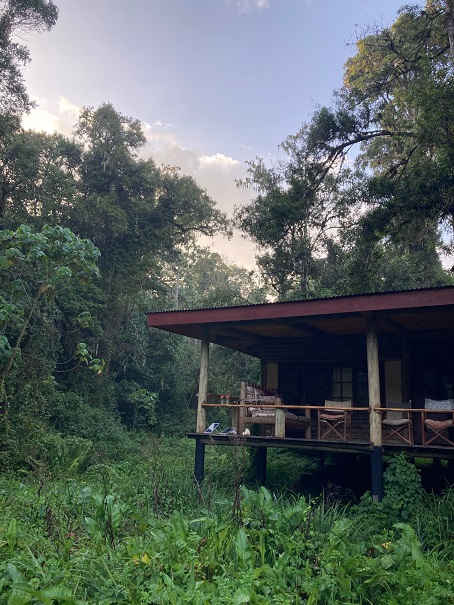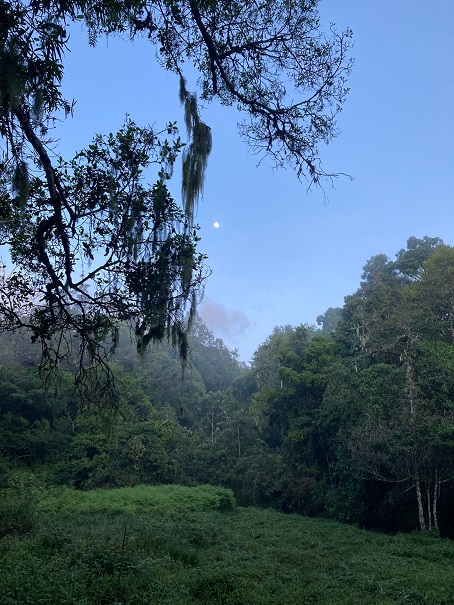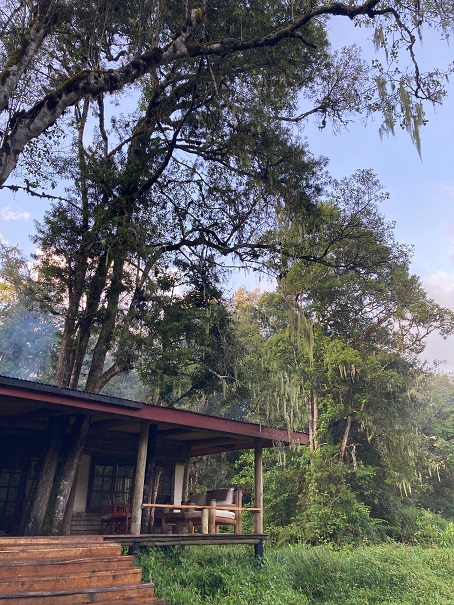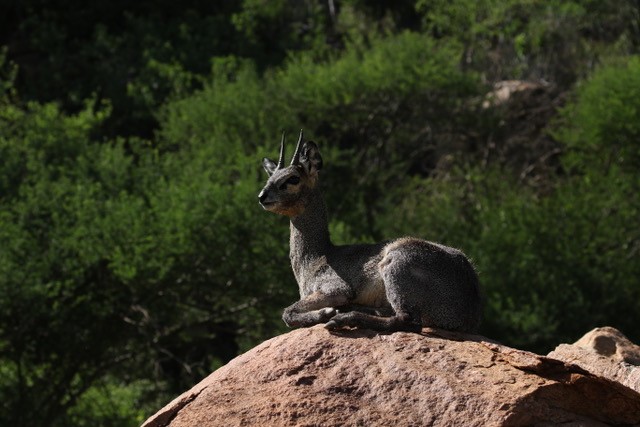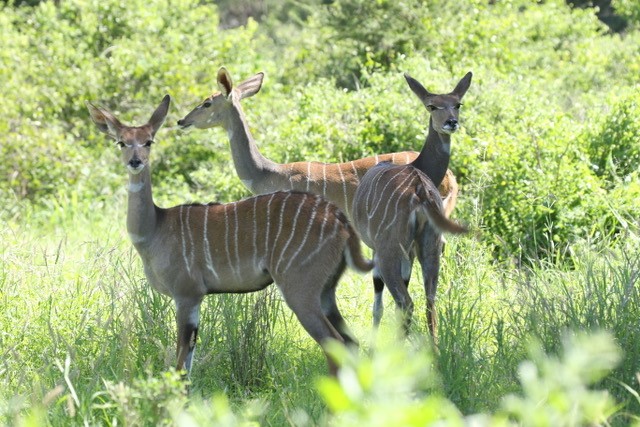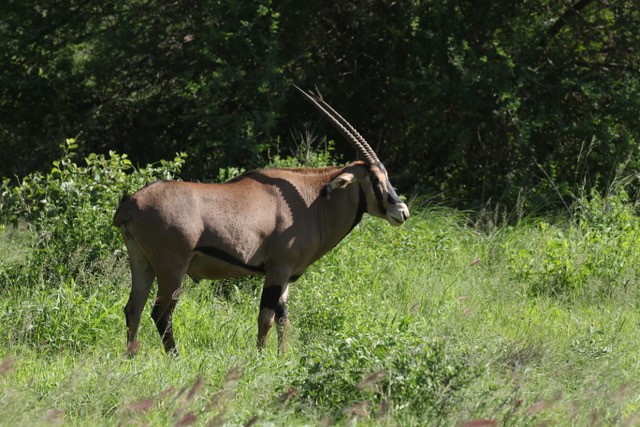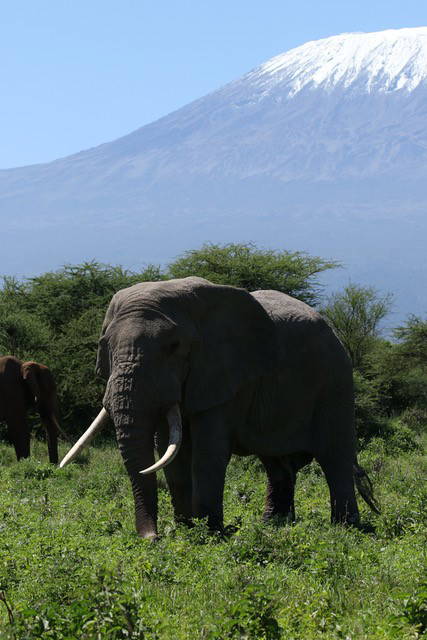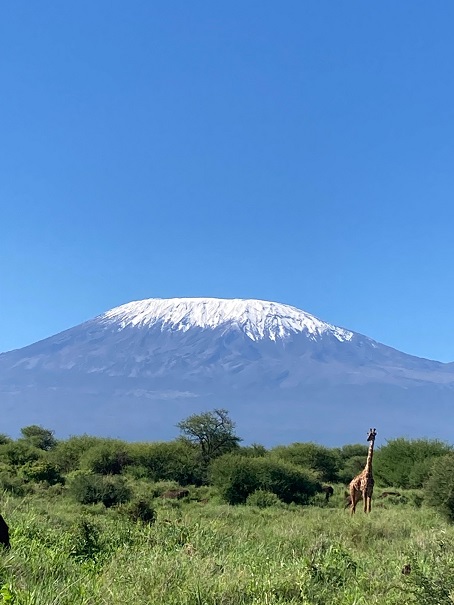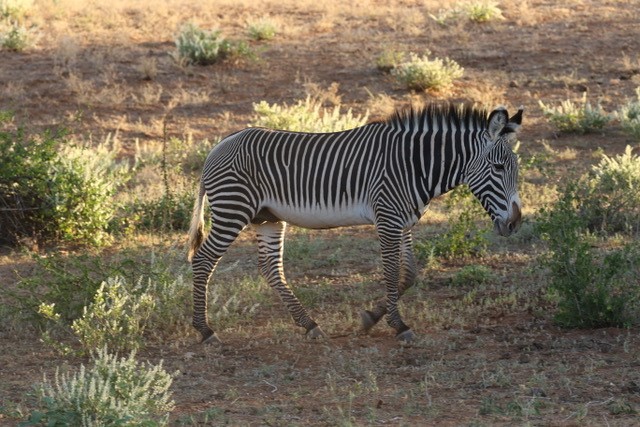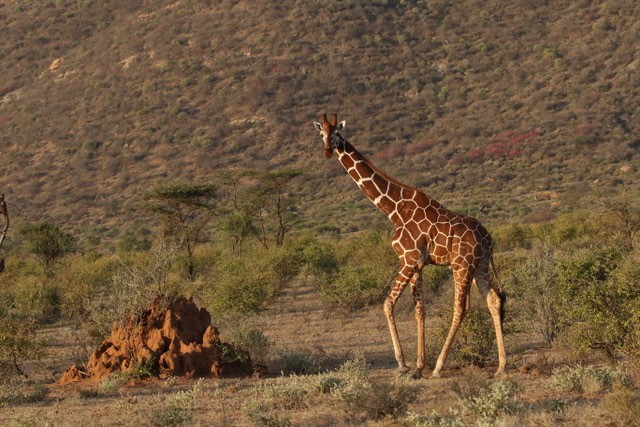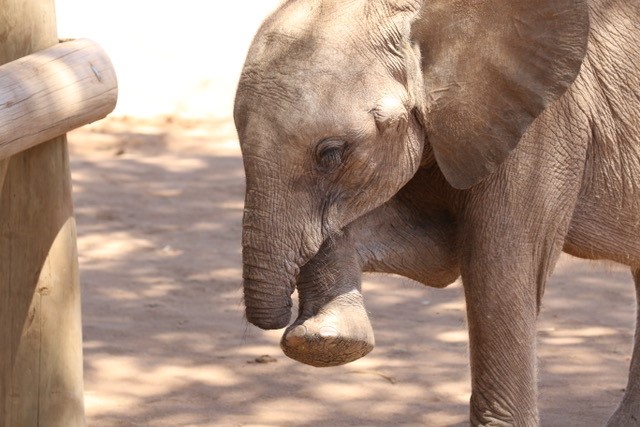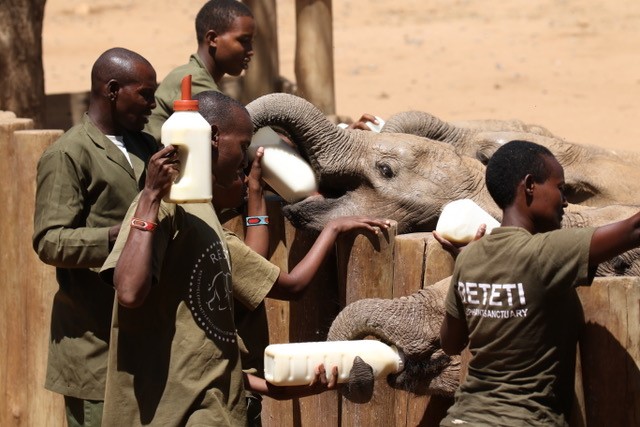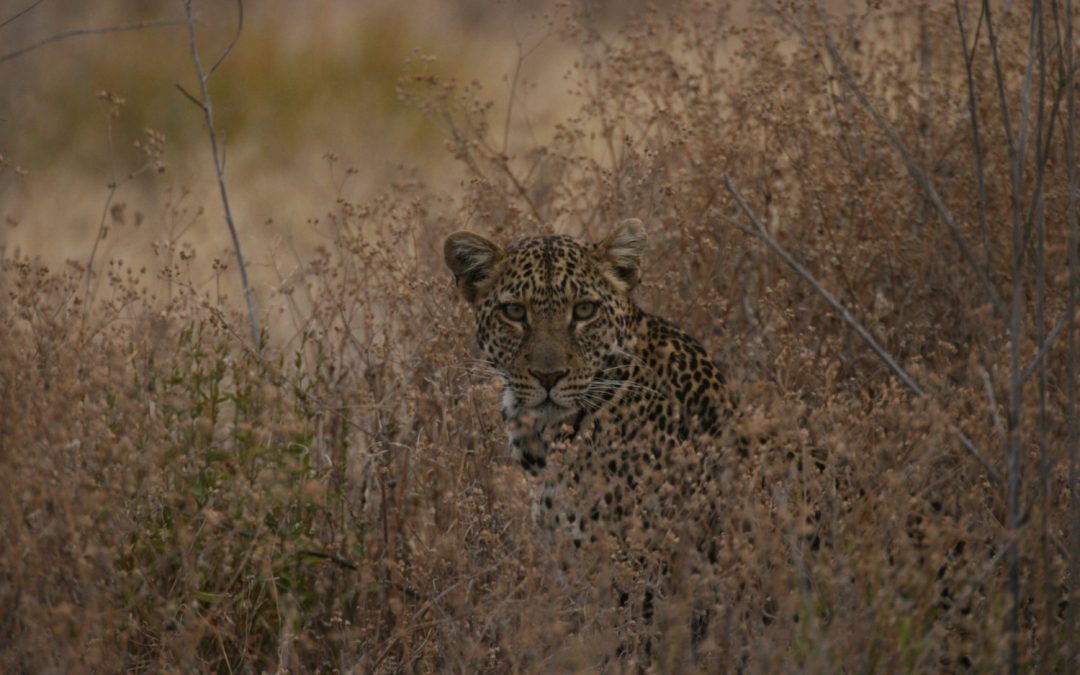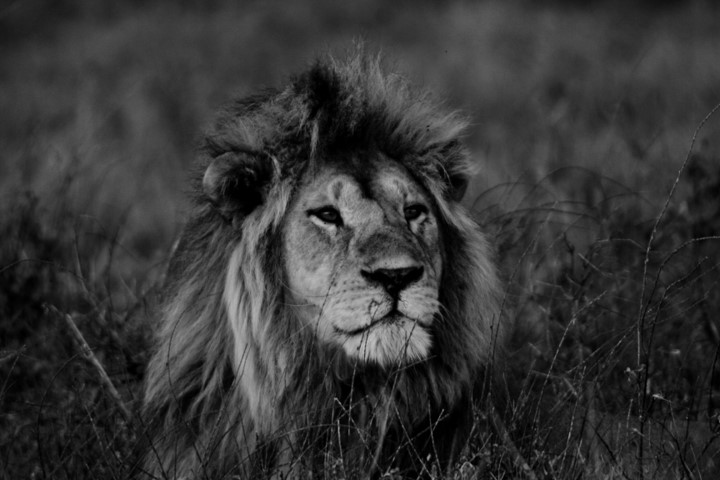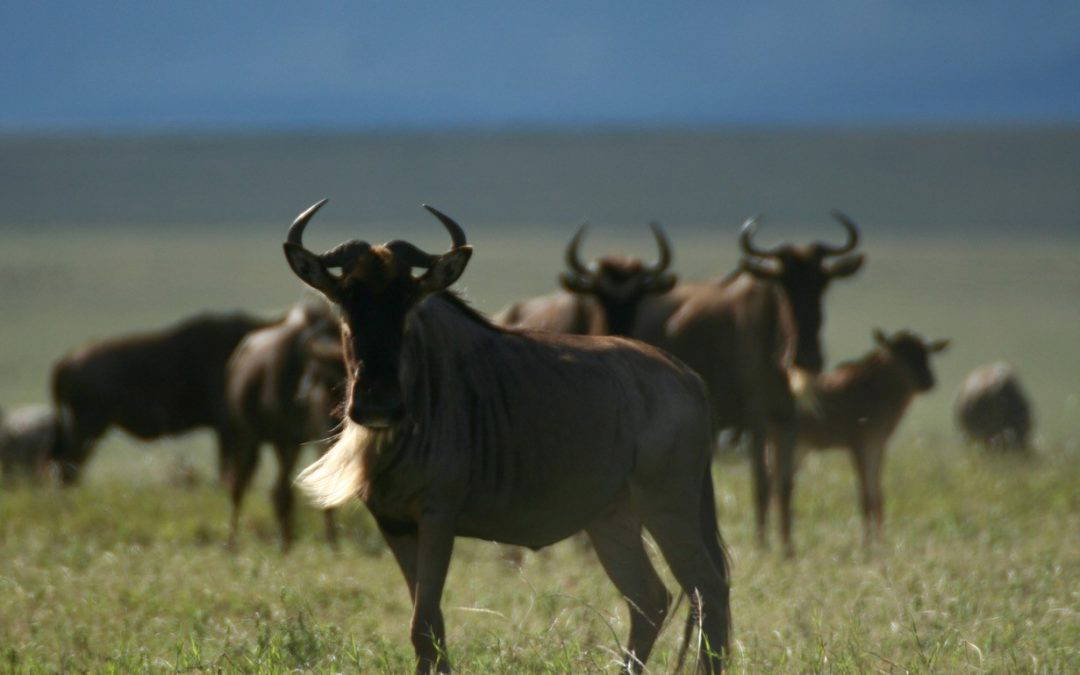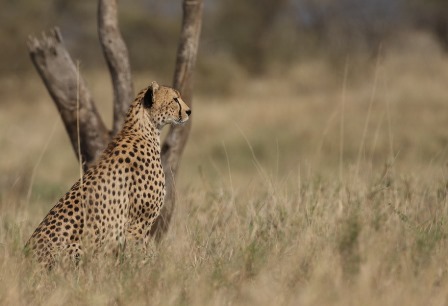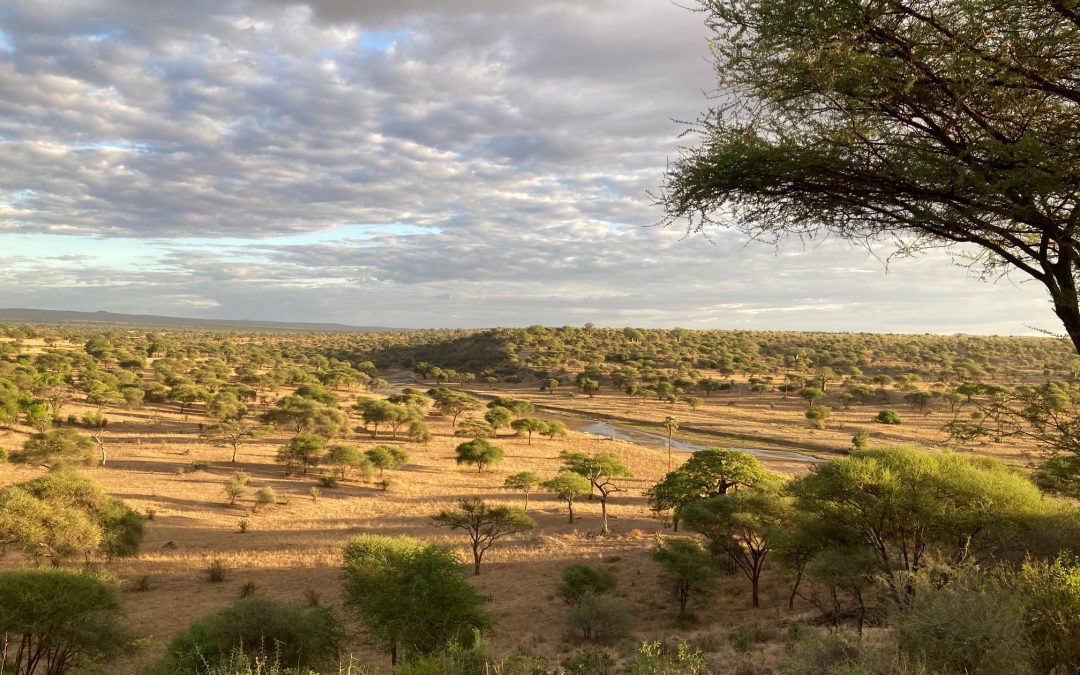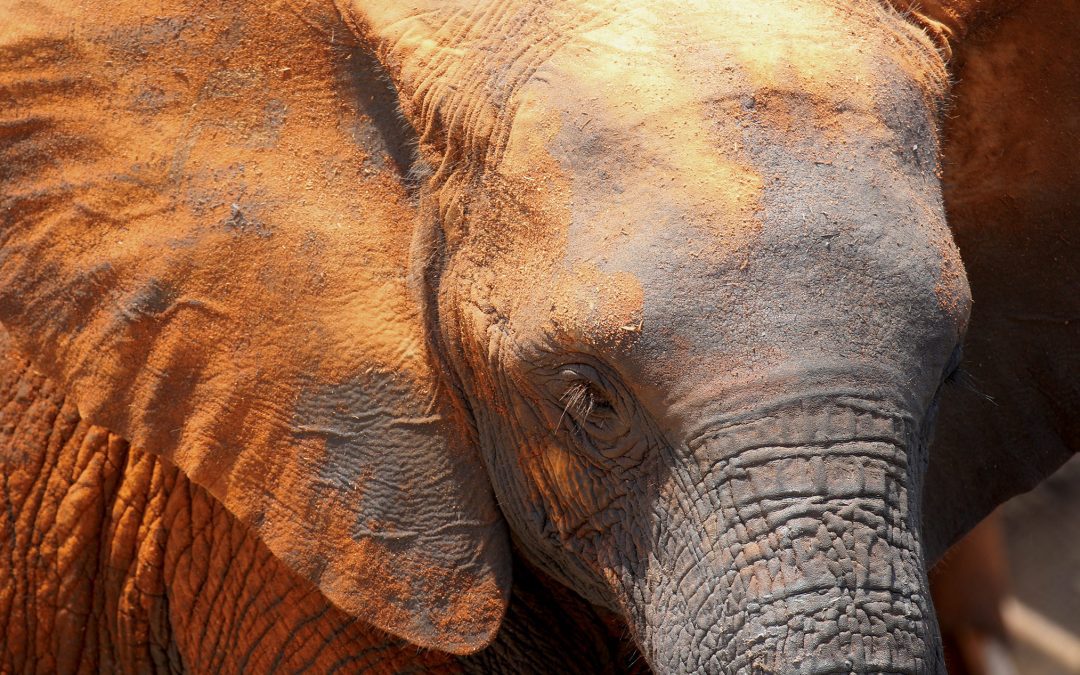| Hello to you all and hope that you all had a wonderful Christmas and had the opportunity to catch up with friends and family after a tricky couple of years. We were lucky to be able to take two months and do some exploring mainly in Kenya, and hopefully we can “whet your appetite” in coming on another safari with us. End of November, Colin guided a short safari with clients to Ngorongoro crater, Ndutu and Serengeti staying at our old mobile camp at Ndutu which was great to see the crew all back at work again. Having not had the chance to go out for a long while, it was nice to see them happy and doing a wonderful job. The short rains were late so the grass was still dry and short in the South, there was however still plenty of water in the lakes. The main migration was just starting to arrive and sightings were amazing as usual. Ndutu never fails to deliver and it really does not matter what time of the year you go. Our website is connected to our instagram site if you like pictures: www.intentonsafari.com The Central Serengeti was also a lot drier than normal for this time of year, we stayed at Dunia Camp, a permanent camp on the edge of Moru Kopjies. Mobile camping is unfortunately no longer allowed in the area due to the rhino project designating Moru as a breeding area! Those of you who camped with us there will know how much we will miss this! Moru really was one of the greatest places to mobile camp. The permanent camp was very comfortable indeed and again we saw amazing sights including two beautiful leopards, a great finale to the safari. After the safari, Laura and I met up in Arusha, packed our camping gear into our old trusted land rover and headed to Kenya to see family but to also visit some of the parks and camps that we have not been to for a while. We started with a fly fishing trip to the Ndongoro fishing lodge, a self-catering exclusive use log cabin on the slopes of Mount Kenya on the Ragati Conservancy (approx12.000 acres) Staying in a beautiful log cabin surrounded by pristine montane forest has to be medicine for the soul. Other than the fishing there are forest walks and amazing bird watching, your guides will point out the fresh signs of Elephant, Buffalo or a leopard paw print in the mud, just to remind you that you are in Africa. |
| We then Headed to Tsavo East National Park, the park made famous by the movie “Man eaters of Tsavo” about some hungry lions that took a liking to feeding on the construction workers who were building the railway line between Nairobi and Mombasa! Tsavo had had a week or two of very intensive rain so the park was lush green, the river was in flood and the animals all looked healthy and happy. Here we wild camped on the edge of the river and enjoyed just sitting and watching the wildlife come and go. No lions!! Tsavo is very different to the Serengeti in that it is made up of more dense vegetation with lots of different trees and shrubs and it takes a different skill in spotting game. It is also hotter and so very important to get out early before everything begins to hide in the shade. We had planned to meet friends in Tsavo West National Park for New Year’s Eve so we had to leave earlier than we would have liked, could have easily spent a few more days here. Tsavo west is literally the other side of the Nairobi to Mombasa main road, but very quickly the vegetation changes, the terrain becomes more volcanic as you head towards the slopes of Mount Kilimanjaro in the West where bare larva flows interrupt lush green river valleys. There is a very healthy Elephant population here and also a chance to get very close to the more rare animals like Klipspringers, Fringe-eared Oryx and lesser kudu all beautiful animals. Tsavo west has the Mzima springs hippo pools where crystal clear water bubbles up presumably all the way from the top of Mount Kilimanjaro in a little oasis in the middle of the park. This area is abundant with game all day, coming and going for water. |
| After a very enjoyable few days visit to Tsavo west we drove further west to Amboseli National Park, the drive between the two parks is stunning as most of the way you drive facing Kilimanjaro as it towers over you the thin corridor between the two parks under intense pressure from population explosion! And Avocado farming for export! We found a great little camp just outside Amboseli park on Airbnb of all places? It was again a self-catering exclusive use camp with two huge luxury Tents (canvas cabins) right at the foot of Kilimanjaro your own open kitchen with pizza oven and a comfortable dinning/sitting room with an out of place flat screen TV? Who would want to watch tv out here? Unfortunately, we could only get one night here as we booked last minute so the next day was spent in Amboseli National Park with the famous big tuskers, flat topped accaia trees (acacia tortalis) and Kilimanjaro covered in snow looking majestic. |
| Next stop Samburu National Reserve way up north. Samburu is a magical area surrounded by granite hills, the reserve is basically the Ewaso Nyiro river valley and although it is only a relatively small area (165 square kilometres) it is teaming with game and some very special ones. Here you will see with relative ease the Grevy’s Zebra, The Reticulated Giraffe, the Biesa Oryx, Gerenuk and the Somali Ostrich. Samburu is also famous for its Elephants, drawn to the river bed for water you will see and can watch family groups all along the river either whilst on a game drive or simply from your breakfast table. Then there are the big cats, Lion, Leopard and Cheetah all seen regularly. Again, Samburu is a semi-arid zone and it gets hot in the middle of the day so early morning and late evening drives are sensible. A rest under the trees or in a swimming pool with a good book in between game drives, you are on holiday after all. Part of the same Eco-system and on the southern side of the river is the Buffalo Springs Reserve which surprisingly, is very different to the North side of the river being rockier and more volcanic with more open plains and acacia scrubland. The North side is rich red alluvial soil with salt bush and riverine forests consisting of acacia, fig trees and doum palms. It is possible to game drive both reserves however since the last big floods the bridge connecting the two reserves was damaged and waits to be repaired? So for now you do have to drive around using the bridge on the main road. |
| Whilst we were at Samburu we did a day trip to the Reteti Elephant Sanctuary. It is about an hour’s drive from the reserve. This is a very young project, only 6 yrs old, but already doing a wonderful job. It is based in the Namunyak Conservancy and is run entirely by the community. They currently have 36 orphans most of whom were rescued from deep wells that are dug by the samburu to water their cattle during the day. Unfortunately, during the dry season the Elephants are desperate and come to these wells at night for water and often the younger elephants get accidentally knocked into the wells and cannot get out. The sanctuary and community rescue these young elephants and try initially to reunite them with their mothers. In many cases they are already too weak or the herd has moved on and have to be taken to the orphanage to be cared for. The plan is to reintegrate these elephants once they are strong enough into a nearby conservancy. The first three have just been moved and collared so they can be observed. All these orphans are rescued from this area so hopefully once reintegrated they will be going back to their roots. Take a look at their website reteti.org and any support you can give would I’m sure be appreciated. We are now back at base in Glasgow for a dose of reality! Plans are underway to be in America end of April early May travelling the West coast, if you are around we would love to catch up and if you have any folks interested in going on a safari we would be grateful if you could connect us together. |

